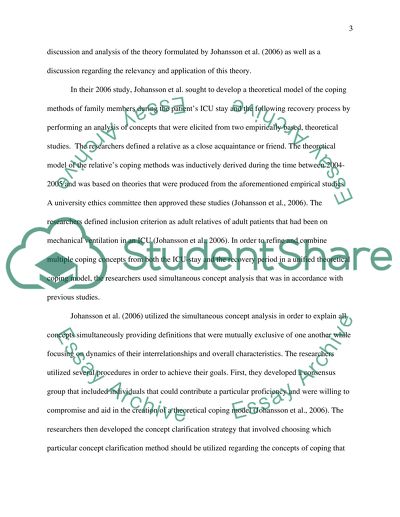Cite this document
(“Theory of Coping Essay Example | Topics and Well Written Essays - 1500 words”, n.d.)
Theory of Coping Essay Example | Topics and Well Written Essays - 1500 words. Retrieved from https://studentshare.org/miscellaneous/1517675-theory-of-coping
Theory of Coping Essay Example | Topics and Well Written Essays - 1500 words. Retrieved from https://studentshare.org/miscellaneous/1517675-theory-of-coping
(Theory of Coping Essay Example | Topics and Well Written Essays - 1500 Words)
Theory of Coping Essay Example | Topics and Well Written Essays - 1500 Words. https://studentshare.org/miscellaneous/1517675-theory-of-coping.
Theory of Coping Essay Example | Topics and Well Written Essays - 1500 Words. https://studentshare.org/miscellaneous/1517675-theory-of-coping.
“Theory of Coping Essay Example | Topics and Well Written Essays - 1500 Words”, n.d. https://studentshare.org/miscellaneous/1517675-theory-of-coping.


